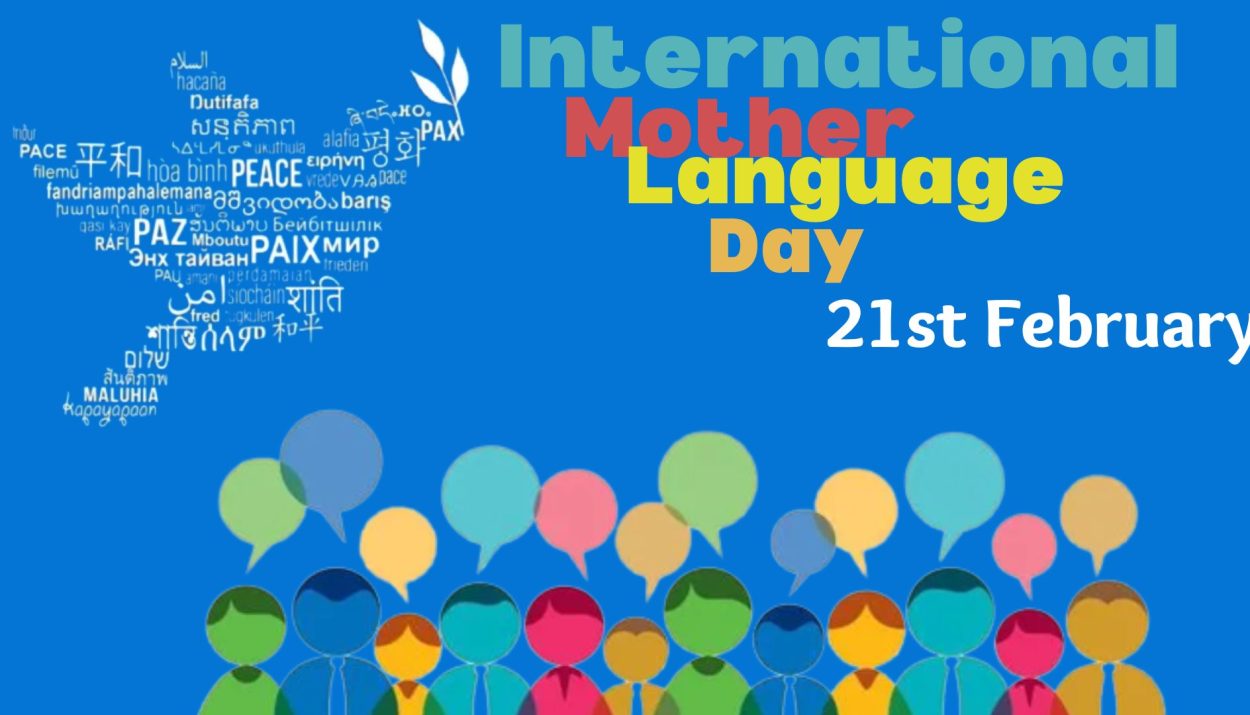In November 1999, the General Conference of the United Nations Educational, Scientific and Cultural Organization (UNESCO) proclaimed International Mother Language Day on the 21st of February, which originated from an initiative of Bangladesh which fought for the recognition of the Bengali language as an official language in 1952. The UN General Assembly subsequently recognized the day in its 2002 resolution. The United Nations designates 2008 as the International Year of Languages.
The 2023 International Mother Language Day will centre on “Multilingual education – a necessity to transform education”.
The observance of International Mother Language Day aims to raise awareness about the importance of preserving mother languages, as well as promoting linguistic diversity and multilingualism. This day provides an opportunity for people around the world to celebrate their mother languages and the unique cultures they represent.
The Significance of Mother Languages
Mother languages, also known as native or first languages, are the languages that individuals learn in their early childhood years from their parents, caregivers, and other members of their community. These languages are an essential aspect of a person’s identity and cultural heritage, providing a sense of belonging and connection to their community.
Mother languages are not just a means of communication but also a repository of knowledge and cultural heritage. They contain the history, beliefs, and traditions of a community, and help to transmit these values and customs from one generation to the next. Mother languages also play a crucial role in the development of a child’s cognitive, social, and emotional skills, as well as their academic success.
However, despite the significance of mother languages, they are often threatened by factors such as globalization, urbanization, migration, and the dominance of global languages. This poses a significant challenge to the preservation of linguistic diversity, which is essential for maintaining cultural heritage and promoting social cohesion.
Read- Language, Brain and Culture Interaction
The Threats to Linguistic Diversity
The dominance of global languages such as English, Spanish, and Mandarin has led to the marginalization and loss of many mother languages. In some cases, children are discouraged or even prohibited from speaking their mother languages in schools and other public settings. This can lead to a loss of cultural identity and a sense of alienation from their own communities.
Another threat to linguistic diversity is the impact of modern technology, which is increasingly dominated by English language content. This can lead to a loss of interest in and respect for other languages, as well as a lack of access to information and knowledge in these languages.
Furthermore, the increasing urbanization of the world has led to the decline of rural languages and dialects. As people migrate to cities, they often adopt the dominant language of the region, leading to a loss of linguistic diversity in rural areas.
Promoting Language Preservation and Multilingualism
To preserve linguistic diversity, it is essential to promote language preservation and multilingualism. Governments, educational institutions, and other organizations can take various steps to support the preservation of mother languages and promote multilingualism.
One way to promote language preservation is to provide opportunities for children to learn their mother languages in schools and other educational settings. This can help to reinforce their sense of cultural identity and promote the preservation of linguistic diversity. Additionally, providing resources and support for the documentation and preservation of endangered languages can also help to promote language preservation.
Promoting multilingualism can also play a crucial role in preserving linguistic diversity. Governments can support the use of multiple languages in official settings, such as government publications, public signs, and official websites. Providing access to multilingual resources and services, such as translation and interpretation services, can also help to promote multilingualism and support linguistic diversity.
Conclusion
International Mother Language Day serves as an important reminder of the value and significance of mother languages and linguistic diversity. The preservation of mother languages is crucial for maintaining cultural heritage, promoting social cohesion, and supporting the cognitive, social, and emotional development of individuals.
References-
International Mother Language Day- UNESCO
International Mother Language Day
International Mother Language Day- Economic times
